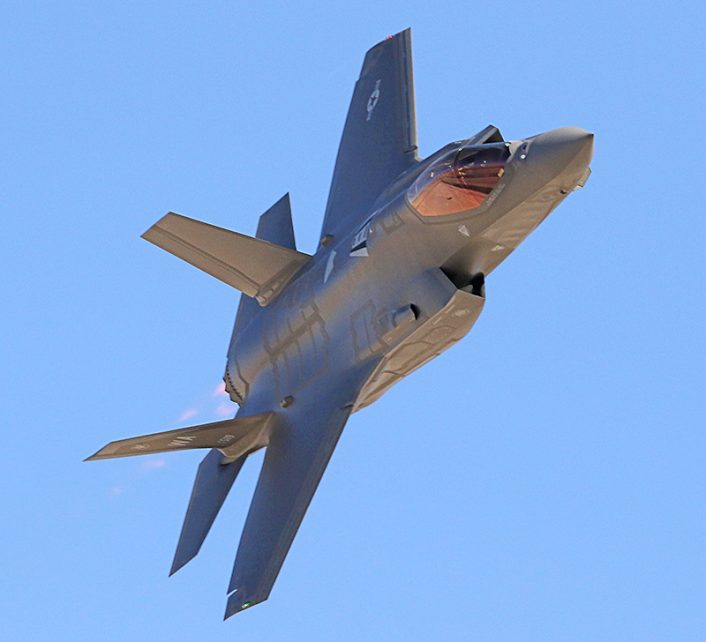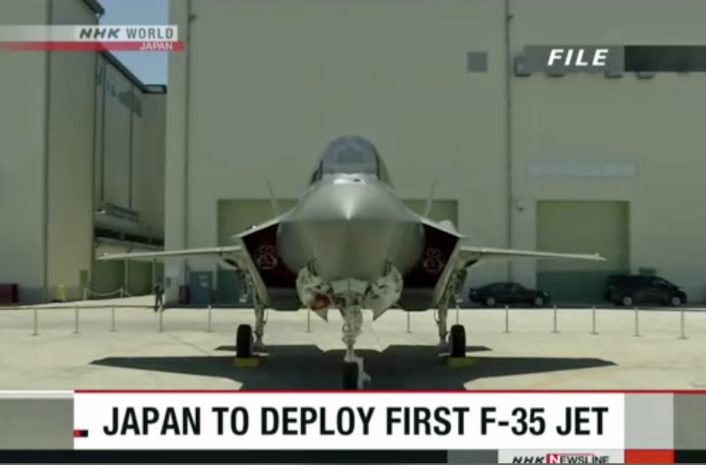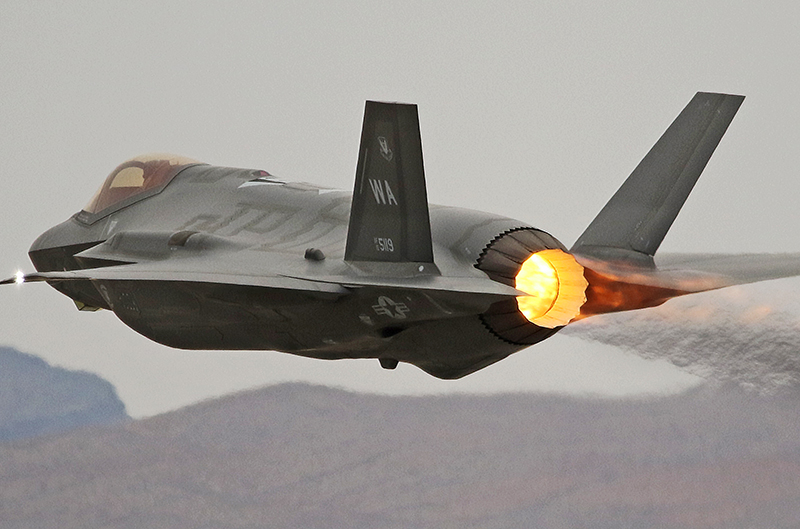Based on latest news, it may have been a good weekend for the F-35.
The U.S. State Department issued a statement late Friday confirming it has approved the possible sale of 34 Lockheed F-35 Lightning II Joint Strike Fighters to Belgium. The authorization permitting the sale of advanced defense technology is a key step toward completing the actual purchase, quoted to be worth up to “$6.53 billion USD”. The proposed contract with Lockheed Martin, builder of the F-35 Joint Strike Fighter, would include 38 new Pratt & Whitney advanced F-135 jet engines that power the F-35.
Based on reports Belgium would potentially buy the F-35A variant of the Lightning II, the same variant used by the U.S. Air Force. One of the selling points of buying into the F-35 Joint Strike Fighter program is cross-force interoperability. Belgium potentially operating the same variant as the USAF, Dutch and Italians may have been one factor that helped propel the potential deal for Belgium.
Still, the F-35A is still not the replacement for the Belgian Air Force F-16s: the 5th generation aircraft will face competition from the Dassault Rafale and Eurofighter Typhoon in the response to a Request for Governmental Proposal (RfGP) issued by Bruxelles last year.
The decision from Belgium is expected by mid-2018.

Japan’s Air Self-Defense Force also announced this week it will begin its first-ever deployment of a Japanese ASDF F-35A Lightning II at Misawa Air Base in Aomori Prefecture, northeastern Japan later this month. The single aircraft to be stationed and operated from Misawa is the first of 42 Lockheed F-35A Lighting IIs to be delivered to Japan as their primary multi-role combat aircraft. The JASDF will deploy an additional 9 aircraft operationally to Misawa by the end of 2018 bringing the total Japanese operational F-35A force to 10 aircraft by year’s end.
A key weapon system on the JASDF F-35As will be the advanced, long-range Norwegian-built Kongsberg Defense and Aerospace Gruppen Joint Strike Missile (JSM). The JSM is a variant of the Kongsberg Naval Strike Missile and is carried in the interior weapons bay of the F-35A, maintaining its low observable characteristics. The Kongsberg JSM can strike targets up to 500 kilometers away from its launch point, enabling Japan to strike many potential adversaries without leaving its own airspace, a key concern since Japan’s air force is labeled as a “self-defense force” and constrained from operations outside Japan’s legally defined defense air space in most instances.

Finally, a story that appeared in India’s Economic Times said that, “American aerospace and defense major Lockheed Martin has proposed to manufacture custom-built F-35 fighter jets in India, which its officials say will give Indian industry a unique opportunity to become part of the world’s largest fighter aircraft ecosystem.”
The story, that appeared in Indian media on Jan. 20, 2018, did not specify what “custom built” F-35s meant, but may hint at a down-spec version of the F-35 airframe with different avionics and sensors than some other export manufactured versions of the F-35 to maintain security interests. The same article discussed the use of the AN/APG-83 radar system, different from the AN/APG-81 on the U.S. and other partner nation F-35s.
There is no additional verification of any Indian F-35 manufacturing program in other media outlets. Oddly, another Indian media outlet, the Free Press Journal of India, published a similar story on the same day claiming the U.S. planned to build F-16s (not F-35s) in India. The Free Press Journal of India story read, “American aerospace and defense major Lockheed Martin has proposed to manufacture custom-built F-16 fighter jets (ed’s note: not F-35s as quoted in the India Economic Times article) in India, which its officials say will give Indian industry a unique opportunity to become part of the world’s largest fighter aircraft ecosystem.”
Confusing press coming out of India aside, Lockheed Martin and all of the F-35 subcontractors have to be pleased to start out the new year with a host of encouraging stories about the F-35 program.
Update Jan. 22, 19.30 GMT:
We were notified that the original version of a Press Trust of India article posted late last week, has since been corrected to remove the erroneous “F-35” reference in the first sentence of the article—see corrected article here: https://www.ndtv.com/india-news/lockheed-martin-proposes-custom-built-fighter-jets-to-be-made-in-india-1802538. The first sentence of PTI’s article now reads:
“American aerospace and defence firm Lockheed Martin has proposed to manufacture custom-built F-16 fighter jets in India, which its officials say will give the Indian industry a unique opportunity to become part of the world’s largest fighter aircraft ecosystem.”









